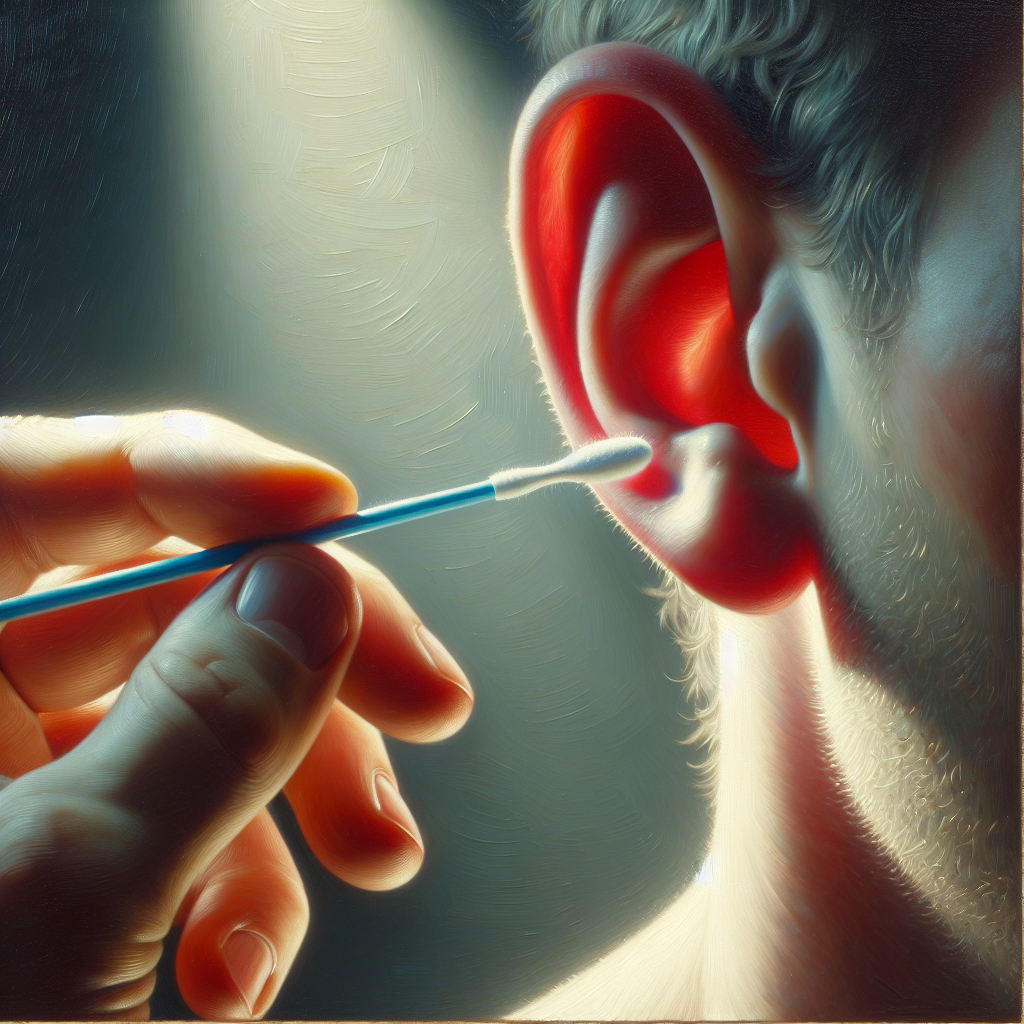Understanding Ear Health and the Role of Earwax
Earwax, or cerumen, plays a crucial role in maintaining the health of your ears. It is a natural substance produced by glands in the ear canal. Its primary functions include protecting the ear canal from dust, microorganisms, and other foreign particles that can cause harm. Moreover, earwax has lubricating and antibacterial properties, which are vital for keeping the ear canal in optimal condition.
Despite common misconceptions, earwax should not be entirely removed. The ear has a self-cleaning mechanism that naturally expels excess earwax, pushing it towards the outer ear where it can be wiped away during regular bathing.
The Risks of Using Q-Tips for Ear Cleaning
Using Q-tips to clean your ears can lead to a range of safety hazards. Here’s why it’s not recommended:
Risk of Impaction
One of the most significant dangers of using Q-tips is the risk of pushing earwax deeper into the ear canal. This can lead to impaction, where the earwax becomes tightly packed against the eardrum. This condition can cause discomfort, pain, and even temporary hearing loss.
Potential for Injury
The ear canal and eardrum are delicate structures. Inserting a Q-tip too far can rupture the eardrum or scratch the ear canal, leading to infection or other complications. The risk of injury is particularly higher among individuals who use Q-tips frequently or with excessive force.
Disruption of Natural Cleaning
By using Q-tips, you may interfere with the ear’s natural cleaning process. Removing too much earwax can leave your ears vulnerable to dust, bacteria, and other harmful particles. It is crucial to allow your ears to maintain their natural defenses.
Safe Alternatives to Clean Your Ears
To protect your hearing and preserve ear health, consider these safer alternatives to using Q-tips:
Use a Damp Cloth
Gently wiping the outer ear with a damp cloth can remove visible earwax without the risk of pushing it deeper into the canal. This method respects the ear’s natural cleaning process.
Ear Irrigation
Ear irrigation involves using a saline solution or commercial ear cleaning drops to soften and flush out excess earwax. This method should be done carefully and is often best performed by a healthcare professional to avoid complications.
Visit a Healthcare Professional
If you experience discomfort or suspect earwax impaction, it’s advisable to consult a healthcare professional. They can safely remove excess wax using specialized tools and techniques.
Frequently Asked Questions
Can earwax cause hearing loss?
Yes, excessive earwax buildup can lead to temporary hearing loss by blocking sound waves from reaching the eardrum. Removing the impaction can restore normal hearing.
How often should I clean my ears?
For most people, routine cleaning of the outer ear during regular bathing is sufficient. It’s essential not to clean inside the ear canal unless recommended by a healthcare professional.
Are there any signs that I should see a doctor about earwax?
If you experience symptoms such as ear pain, hearing loss, ringing in the ears, or a feeling of fullness in the ear, it may be time to see a doctor. These could be signs of earwax impaction or another ear condition.
Is it safe to use ear candles for cleaning?
Ear candling is not recommended. It has not been proven effective and poses risks such as burns, ear canal blockages, and perforated eardrums.
By understanding the importance of earwax and the dangers of using Q-tips, you can take steps to maintain ear health and prevent potential complications. Remember, when in doubt, consult a healthcare professional for guidance on proper ear care.


